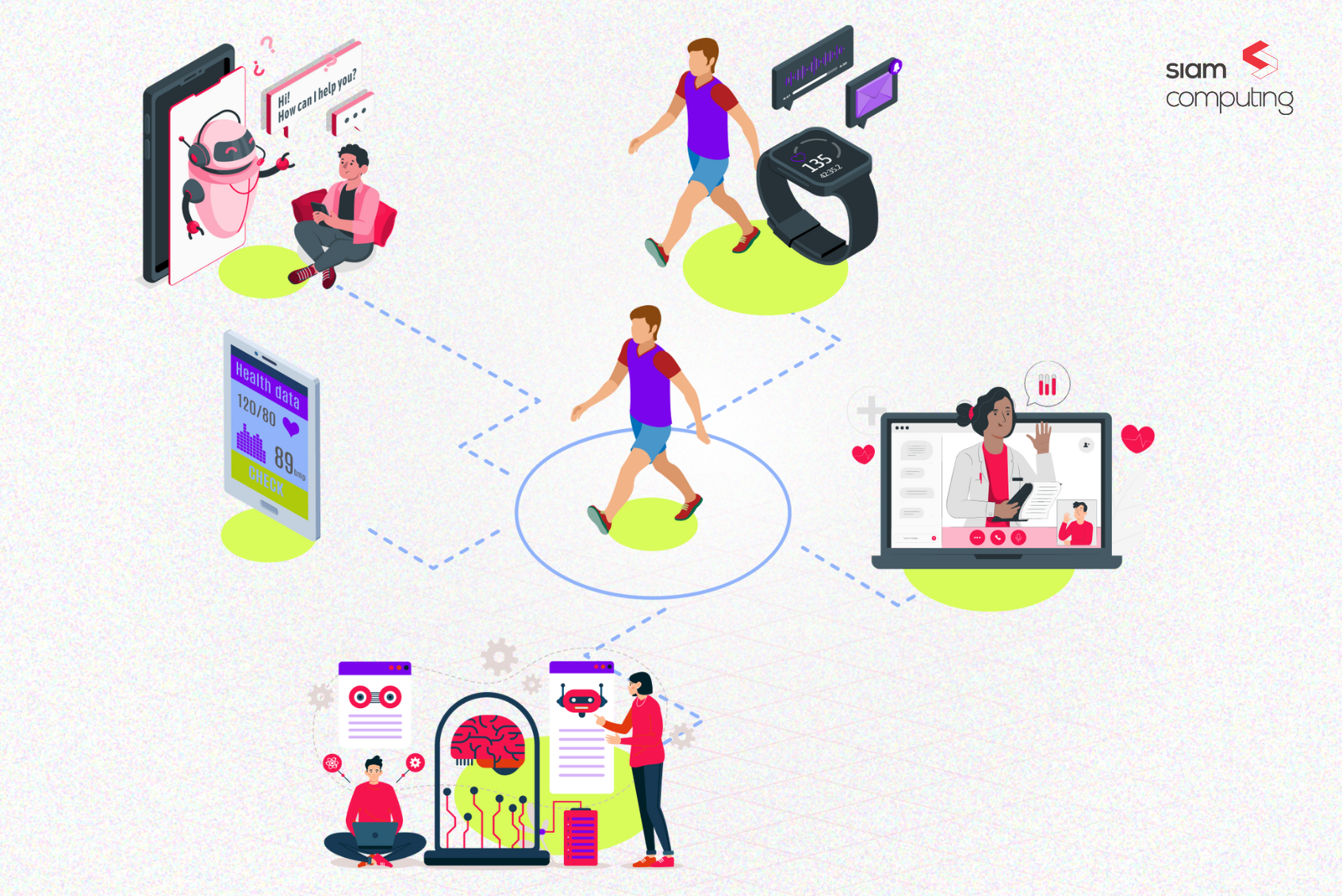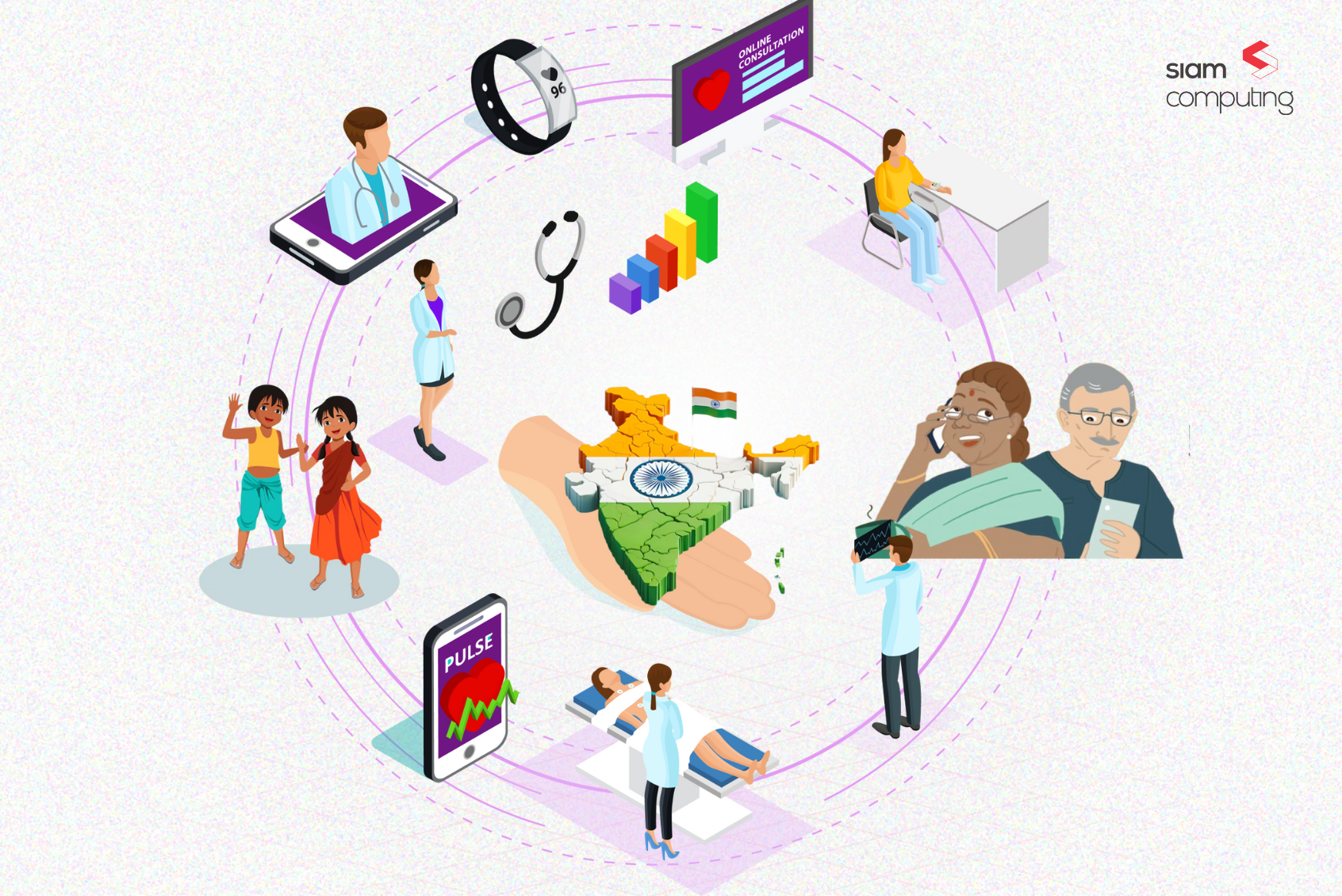Founders of software startups and companies, we hear you! Spending sleepless nights thinking about product development costs is something very common and understandable.
We are a product development agency and we get to talk to tens and hundreds of startup founders every month. And, with the rise of tech startups, with or without AI integration, there’s a huge competition among all of them. Every startup founder wants to be the best in the industry, have the highest ROI, and serve the high-paying crowd of customers.
Wish granted, but only to those who plan well and execute even better. Product development cost analysis is a major chunk of the planning and discussion.
Why is it important to do product development cost analysis
Your organization may be large or small, but the product development process and the infrastructure involved will be huge. The time required for project completion may be in weeks or months, depending upon the work involved.
Can you escape this cost analysis? Yes, if your project is a quick one that takes not more than three or four days, you may go ahead without the plan. But, unfortunately, this happens very rarely. There’s a lot of brainstorming, hit-and-trial, and experiments done before and during the process of product development. This definitely demands attention in this analysis.
Here are some quick reasons justifying why is product development cost analysis important:
1. Unit Economics
The cost of product development plays a role in deciding the final price of the product. If you are able to get a handle on the cost needed to build your technology solution, you will be in a better place to determine the cost that you could eventually be able to sell it for.
2. Cost of Innovation
Every software product has something unique. You cannot simply use some other software’s cost analysis and consider it to be yours. Once the project is completed, you may have modifications later on. But, the algorithm that you coded into the software would not change its structure. By figuring out the development cost, you can figure out the cost to innovate.
3. Build vs Buy vs Integrate
If someone charges a slightly lesser fee for product development just to get a customer in, it means they are taking the basic general code (open source) from some similar software, and the work they are doing is integrating the new code with the general one, configuring the whole system to work as demanded, and importing the unique data sets. This might not work in all cases. By doing a cost analysis, it can help you determine the direction you can take.
4. Figuring out the “unknowns”
Software development is an art. It’s a design process, and the nature of undergoing work is creative. Now, the fact remains that every line of code is unique and for a purpose, the cost of development of every software comes out to be different.
Before getting on to the real development part, there are a lot of phases that the product development team goes through. Let’s quickly take a walk through these phases and see the kind of preparation required before going in for the real hands-on work.
How we do it
Apart from all the technical aspects, there’s one more to it which completely depends upon the people handling the project: the process. In a software development company, usually, there is a team of developers working on a project. Hence, there’s a process established within the company which every engineer follows step by step.
But, also, in general, there are multiple projects running in parallel in such an agency. So, there might be situations where one project is ready for the next step but another project has occupied the tools and systems of that step. Because of this, the first project has to wait until the line gets clear. This impacts the overall development cost and time badly.
We take care of these uncertainties and have designed the processes in such a way that this hurdle almost doesn’t exist here.
Steps we follow for the cost analysis of product development
We calculate the hours that’ll go into a project from A to Z, i.e. starting from analyzing the requirements to the final bug fixing. As already stated, a certain number of hours are allocated to each task and hence we come to a perfectly justified cost for that project of product development.
Here’s the breakdown of all activities that we do at our end and that truly contribute towards the building of the product:
Step 1: Wireframe and Architecture – 20 to 30% Cost
Once the client’s requirements are analyzed, we work on creating the wireframe of the product. This is the most important step of the process and constitutes 20-30% of the total cost of this project. Once we decide on the architecture and wireframe of the product, it is shared with the client for approval. The server setup is also done along with it. Only after the wireframe gets approved, do we move forward to the next step.
Step 2: Design the UI – Frontend – 20 to 30% Cost
Now that the wireframe is ready, we start working on the frontend design of the product. The sections of the product including specific functionalities, Admin panel, user profile management, home page and other pages, and various integrations, all of them in total constitute about 20-30% of the overall cost of the project.
Step 3: Backend development – 30 to 40%
Cost The same modules that we worked on for the frontend, have also to be done for the backend. The backend development work requires more time and effort and hence deserves a higher percentage of cost dedication. So, 30-40% of the total project cost accounts for the backend.
Step 4: Testing
The project gets ‘almost’ completed when we’re done with the major design and development work. But, for quality assurance, we have to put it through the testing phase. It has two parts:
Testing: All the functionalities are tested for performance.
Bug fixing: Issues caught during testing are worked upon for rectification.
This is done to ultimately deliver a bug-free system to the client. This process builds up 10-15% of the total project cost.
This is how we price our projects, and that’s why it completely depends upon the requirements of the clients.
Some ambiguous situations
In spite of having a clearly defined process for calculating the time and cost required for the project, there are some hitches that come and disturb the system. The two major ones that we face as a product development company, are below:
1. Unclear requirements
This is a situation where the client doesn’t know about his requirements very clearly and simply depends upon us for a solution. After the first meeting, our team has to thoroughly brainstorm over the exact functionalities, frontend and backend requirements, API integrations, and so on.
After coming to a conclusion, we share it with the client for feedback. Now, if it’s a ‘yes’ from them, we go ahead with creating the wireframe. If it’s a ‘no’, we discuss it further with the client and among ourselves for another better solution. If the clients find the wireframe good, we move ahead with the rest of the process. If not, it’s everything all over again, making minor or major changes.
Hence, in a situation where there are no clear expectations set by the client at the beginning of the project, it’s a lot of back-and-forth of feedback and corrections going on. This makes the development time and cost uncertain.
2. Change of requirements
This is another but similar situation to the first one. In this case, while everything goes smoothly at the beginning, the client wants some changes in his/her requirements. So, the new set of requirements cannot be simply included in the ongoing process. Our team has to redesign the process according to the new targets and functionalities.
But, what about the work already done? Do we charge for it or do we just let our resources go a waste?
In this situation, at the time when our team has to start working in a new direction altogether, we simply calculate the number of hours left for the project according to what was fixed initially. Then, we divide the number of leftover hours such that the new tasks are assigned and accommodated within that period only. Following this method, there’s no extra cost and time required to complete the project successfully. If there’s a requirement for extra resources of time and hence, cost, it is calculated and the client is updated accordingly.
Conclusion
Product development cost analysis is a process that varies from company to company. We have come up with this process after spending years and years in this industry and trying out all the possible ways. This happens to work for us in the most optimized way where we give our clients full dedication of resources in exchange for legitimate cost and long-lasting trust in our client relationships. Hope this helps you in the right direction. For any further discussion, you may comment below.
Business is all about the right strategies. That’s where our product development expertise helps you. Siam Computing delivers impactful product solutions to hundreds of startups and enterprises across the globe. Subscribe to our newsletters and stay updated.








